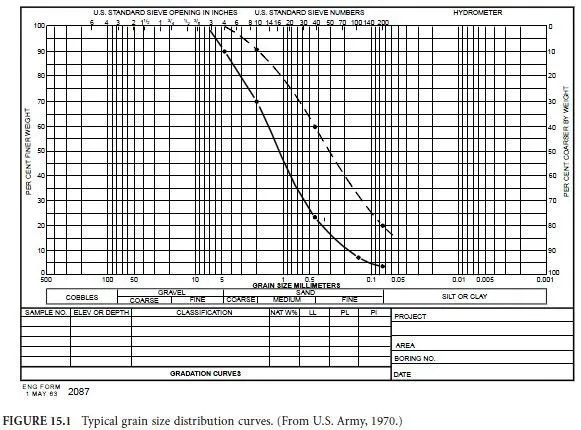Atterberg limits, named after the Swedish soil scientist A. Atterberg, are water content values at which notable changes in soil behavior occur. The liquid limit , denoted LL or w L , marks the transition between liquid and plastic behavior. At water contents above the liquid limit the soil behaves as a viscous liquid; below the liquid limit the soil behaves as a plastic solid. The liquid limit is determined in the laboratory by partly filling a standard brass cup with wet soil and cutting a groove of a standard dimension in the soil. The liquid limit is taken as the water content at which the groove closes a specified amount when the cup is lifted and dropped 1 cm exactly 25 times. The details of the test are given in AASHTO T 89 and ASTM D 4318-93. The plastic limit , denoted PL or w p , is the transition between plastic and brittle behavior. It is determined in the laboratory as the water content at which a 1/8-inch diameter thread of soil begins to crumble when rolled under the palm of the hand. Details of the liquid limit and plastic limit tests are provided by AASHTO T 90 and ASTM D 4318-93. The shrinkage limit , denoted SL or w S , is the water content below which the soil no longer reduces in volume when the water content is reduced. Although Atterberg limits are water contents and are properly decimals or percentages, they are usually expressed as an integer percentage without a percent sign. Thus, a liquid limit of 40% is usually reported as LL = 40.

The plasticity index , denoted PI or I P , is the difference of the liquid limit and the plastic limit:
